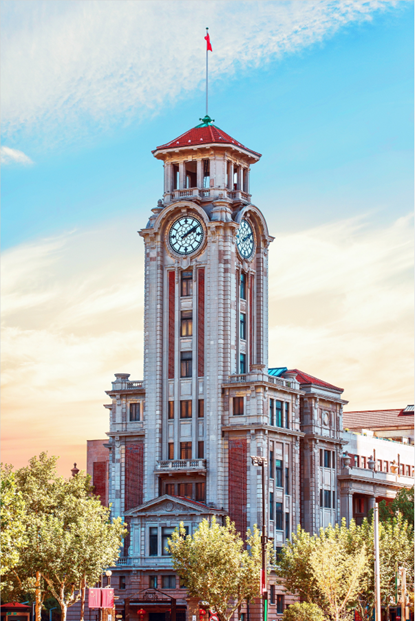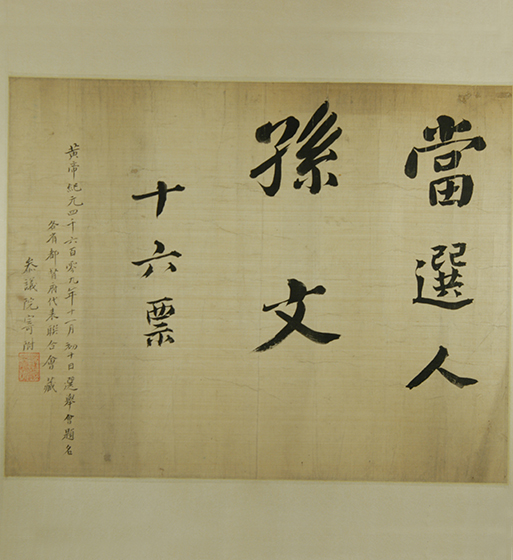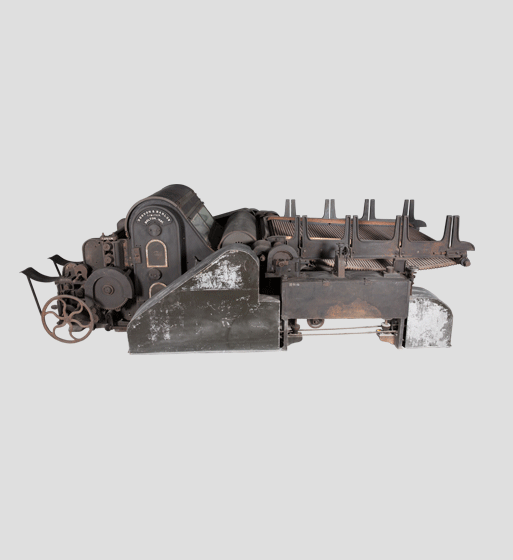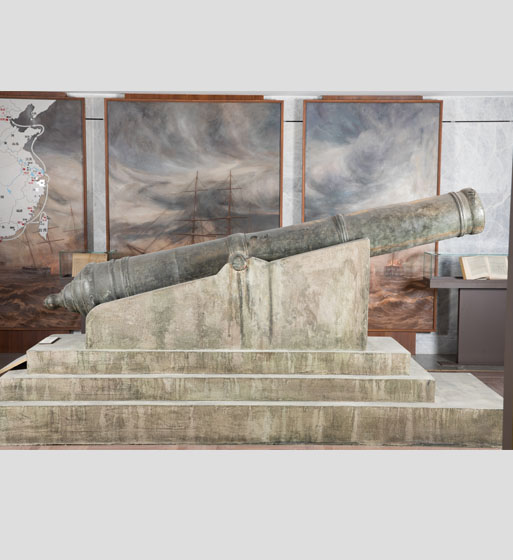Shanghai History Museum
The Shanghai History Museum tells the tale of this modern metropolis from ancient times until today.

Shanghai History Museum. [Photo/shh-shrhmuseum.org.cn]
The 23,000-square-metre building in the People's Square area integrates collection, research, display and education. It houses about 110,000 items, including such notable relics as the Zhen Yuan General's Bronze Cannon, Wu You's Banquet at Yuyuan Garden, the cotton-processing machine manufactured by Britain's Dobson and Barlow, the manuscript of the late Qing Dynasty (1644-1911) Pictorial of Dianshizhai, the square portrait of the nomination and election of the Republic of China period's presidential candidate, the Shanghai HSBC copper lion, the baizi bridal sedan chair of the Republic of China period (1912-49), the manuscript of Shanghai Historical Collection, a map of old Shanghai and the Charity Report.
Here are some of the treasures collected in the museum.

Square paper of calligraphy proclaiming the president-elect of the Republic of China
On Dec 29, 1911, representatives of the provinces that had declared independence after the Xinhai Revolution (Revolution of 1911) held a provisional presidential election in Nanjing. Over 40 representatives from the 17 provinces attended the meeting. Sun Yat-sen was in Shanghai and did not attend. Yuan Xiluo went to the meeting as a representative of Jiangsu province and served as a clerk, responsible for the ballot record. As a result of the election, Sun Yat-sen won 16 votes and Huang Xing won 1 vote. Sun Yat-sen was elected as the Provisional President of the Republic of China. After the meeting, representatives of the provinces asked for a copy of the vote as a historical collection. Yuan Xiluo wrote 17 copies in the original format at their request; this is one of the copies.

The cotton-blowing machine manufactured by Dobson and Barlow
Cotton-blowing is the first process of a cotton textile factory, followed by multiple processes such as carding, drawing, roving, spinning, winding and twisting. This cotton-blowing machine was manufactured by Dobson and Barlow, which was originally owned by Sanxin Textile Factory and later purchased by Shenxin Textile Company in 1931. The predecessor of Sanxin Textile Factory was the Shanghai Mechanical Textile Bureau, which was established during the Self-Strengthening Movement of the Qing Dynasty (1644-1911). It was commonly known as the "Foreign Cloth Bureau", the earliest commercial cotton mill under government supervision in China and the originator of the new textile industry.

Qing Dynasty Zhen Yuan General's Bronze Cannon
Around the first Opium War (1840-42), the Qing government strengthened its military construction in strategic locations. The mouth of the Wusong is a strategic location for Jiangsu province. The Qing government added several cannons here. The Zhen Yuan General's Bronze Cannon was manufactured and supervised by Chen Huacheng, then provincial military leader and installed in Wusong Fort. In November 1984, the cannon was discovered by the Shanghai Immigration Inspection near the site of Wusong Fort. It was an important historical witness to the Battle of Wusong during the Opium War and an important physical piece of evidence for studying China's military facilities during the Opium War.
The permanent exhibition showcases over 1,000 relics, presenting the history of Shanghai as it has transpired within its 6,000 square kilometres over the past 6,000 years.
Address: No 325 West Nanjing Road, Huangpu district
(Updated on Nov 21, 2025)
Source: shh-shrhmuseum.org.cn